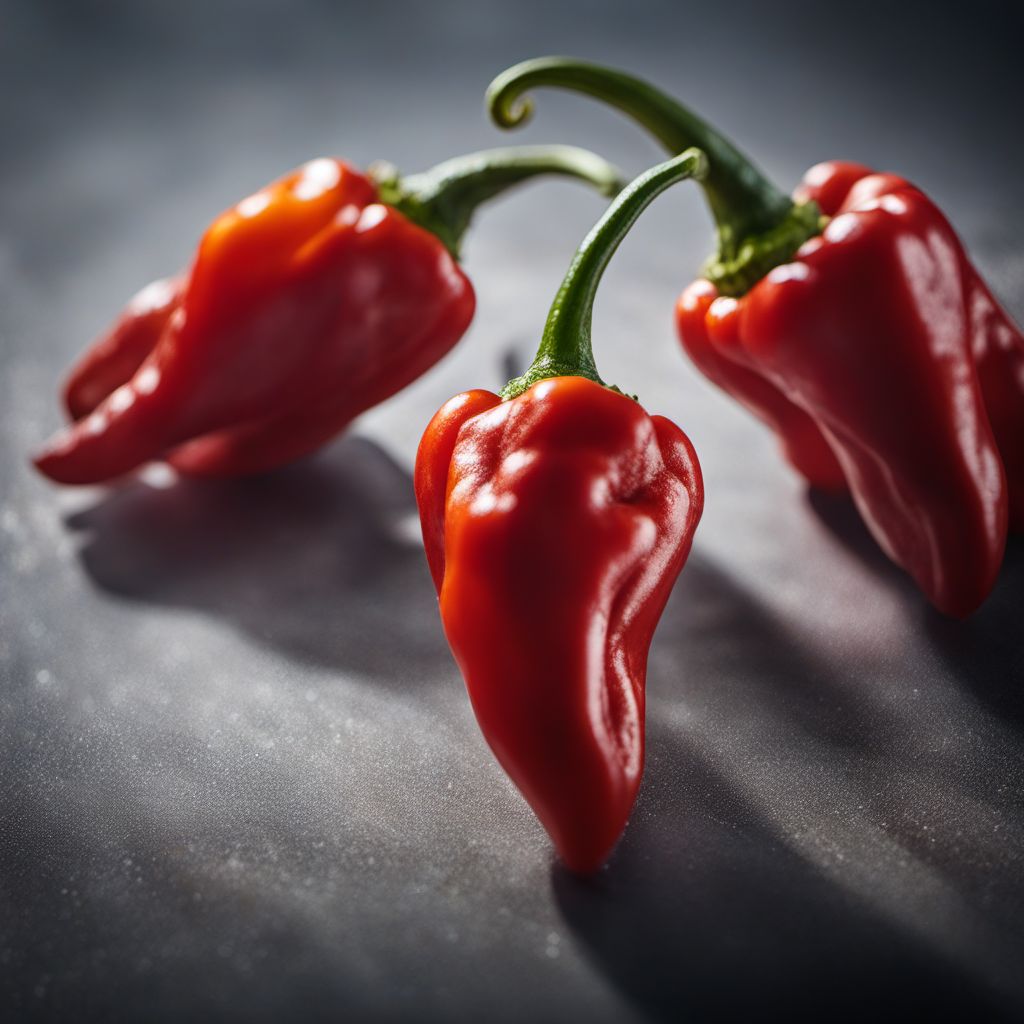
Ingredient
Chinese capsicum
"The Fiery Spice of the Orient: Exploring Chinese Capsicum"
Chinese capsicum is a small, elongated chili pepper with a vibrant red color. It is known for its intense heat, ranging from moderately spicy to extremely hot, depending on the variety. The pepper has a thin, wrinkled skin and a crisp texture. When sliced or chopped, it releases a pungent aroma that adds depth and complexity to dishes. Chinese capsicum is a versatile ingredient that can be used fresh, dried, or in powdered form, making it a popular choice in various Chinese dishes.
Origins and history
Chinese capsicum is believed to have originated in South America and was introduced to China during the 16th century. It quickly became an integral part of Chinese cuisine, adding heat and flavor to countless dishes. Over time, different varieties of Chinese capsicum were developed, each with its own unique characteristics and levels of spiciness.
Nutritional information
Chinese capsicum is low in calories and fat, but rich in vitamins A and C. It also contains capsaicin, a compound known for its potential health benefits, including pain relief and boosting metabolism.
Allergens
Chinese capsicum is not known to be a common allergen, but individuals with sensitivities to chili peppers should exercise caution.
How to select
When selecting Chinese capsicum, look for peppers that are firm, glossy, and free from blemishes or soft spots. The color should be vibrant red, indicating ripeness. Avoid peppers that appear wrinkled or shriveled, as they may be past their prime.
Storage recommendations
To maintain the freshness and quality of Chinese capsicum, store it in a cool, dry place, away from direct sunlight. Alternatively, you can refrigerate the peppers in a sealed plastic bag for up to two weeks.
How to produce
Chinese capsicum can be grown at home by planting seeds in well-drained soil and providing ample sunlight. It thrives in warm climates and requires regular watering. With proper care, the plants will produce an abundance of peppers that can be harvested and used in various culinary creations.
Preparation tips
To prepare Chinese capsicum, wash the peppers thoroughly and remove the stem. Depending on the desired level of spiciness, you can either use the peppers whole, sliced, or chopped. When handling Chinese capsicum, it is advisable to wear gloves to protect your skin from the potent capsaicin. To reduce the heat, remove the seeds and inner membranes. Chinese capsicum can be used in stir-fries, sauces, marinades, and soups to add a fiery kick to your dishes.
Substitutions
If Chinese capsicum is not available, you can substitute it with other chili peppers such as Thai chili peppers, cayenne peppers, or jalapeños, depending on the desired level of spiciness.
Culinary uses
Chinese capsicum is a key ingredient in many Chinese dishes, including Kung Pao chicken, Mapo tofu, and Sichuan hot pot. It adds heat, depth, and complexity to stir-fries, sauces, and marinades. The dried and powdered form of Chinese capsicum, known as Chinese chili flakes or powder, is commonly used as a seasoning in various dishes.
Availability
Chinese capsicum is commonly available in China and other Asian countries. It can also be found in specialty Asian grocery stores around the world.
More ingredients from this category
Recipes using Chinese capsicum » Browse all

Refreshing Cucumber Kimchi
Crisp and Tangy Korean Cucumber Kimchi

Tianjin-style Seafood Cataplana
Tianjin's Flavors Unite: A Seafood Cataplana Delight

Sichuan-style Spicy Bouillabaisse
Fiery Fusion: Sichuan-inspired Bouillabaisse

Guizhou-style Spicy Beef Curry
Fiery Beef Curry with Guizhou Flair

Chiuchow-style Grilled Pork Vermicelli with Spring Rolls
Savory Chiuchow Delight: Grilled Pork Vermicelli with Crispy Spring Rolls

Naga-style Spiced Stunggis
Fiery Fusion: Naga-style Spiced Stunggis
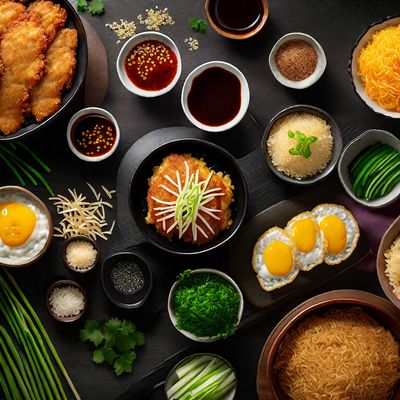
Korean-style Katsudon
Crispy Pork Cutlet with Korean Flavors

Steamed Skate Fish with Spicy Soy Sauce
Flavors of the Sea: Spicy Steamed Skate Fish

Puerto Rican Chinese Queso Fundido
Tequila-Infused Cheese Delight with a Puerto Rican Chinese Twist
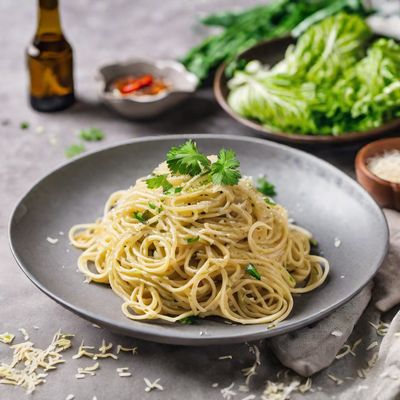
Taiwanese-style Pasta Carbonara
Taiwanese Fusion Carbonara: A Delicious Blend of Italian and Taiwanese Flavors
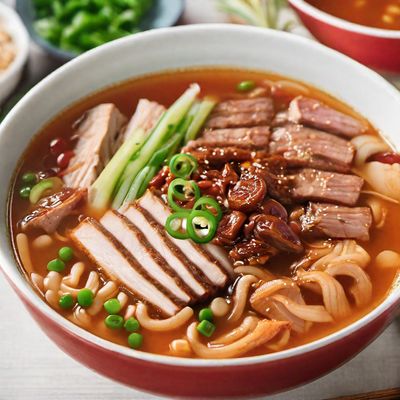
Budae Jjigae
The Ultimate Army Stew: Budae Jjigae
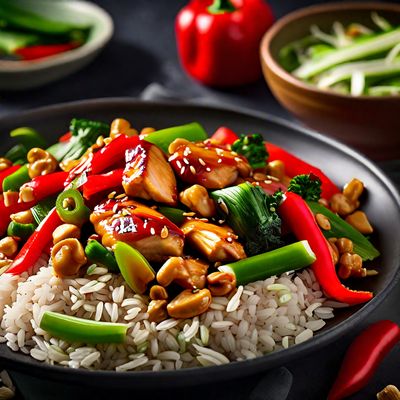
Kung Pao Chicken
Spicy Korean-style Kung Pao Chicken
